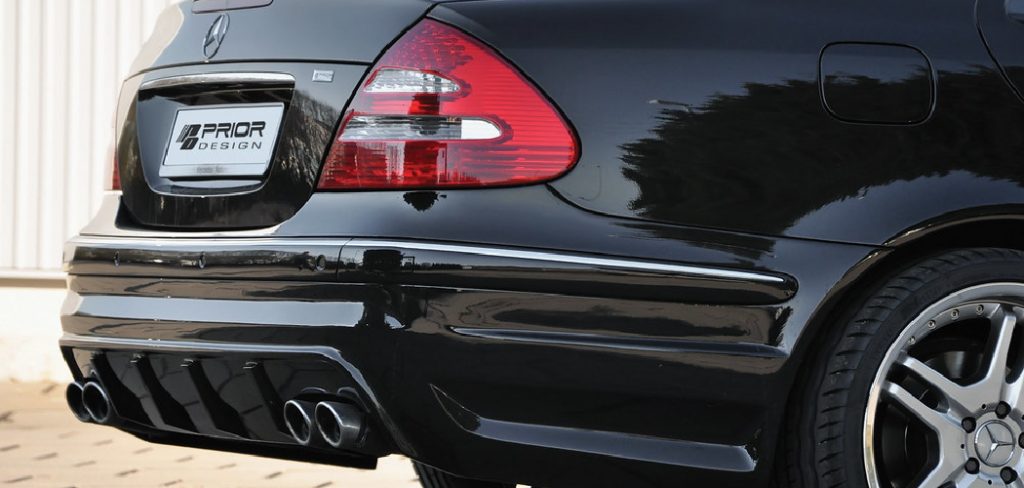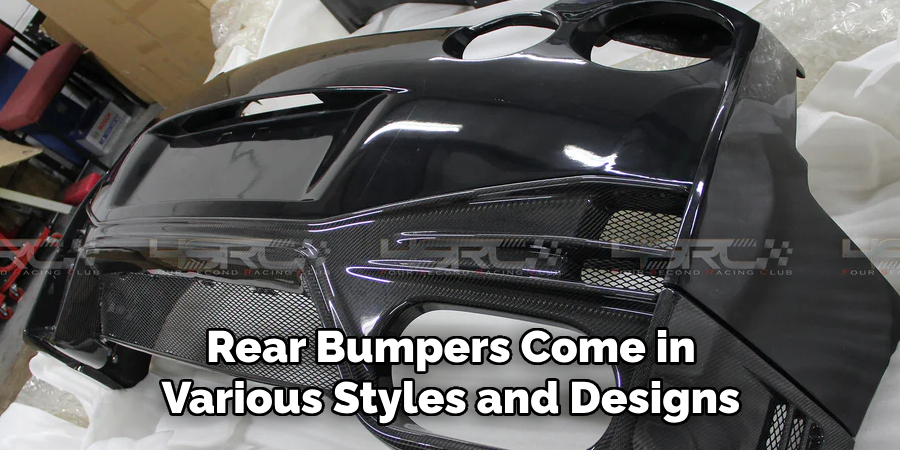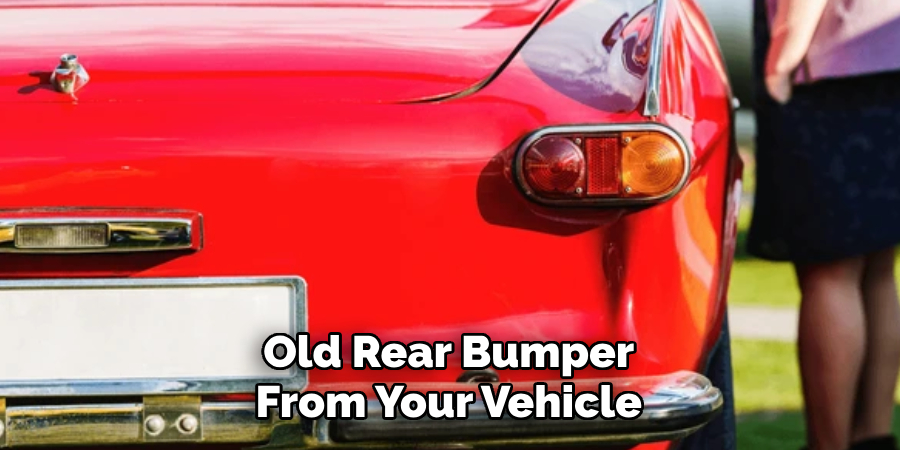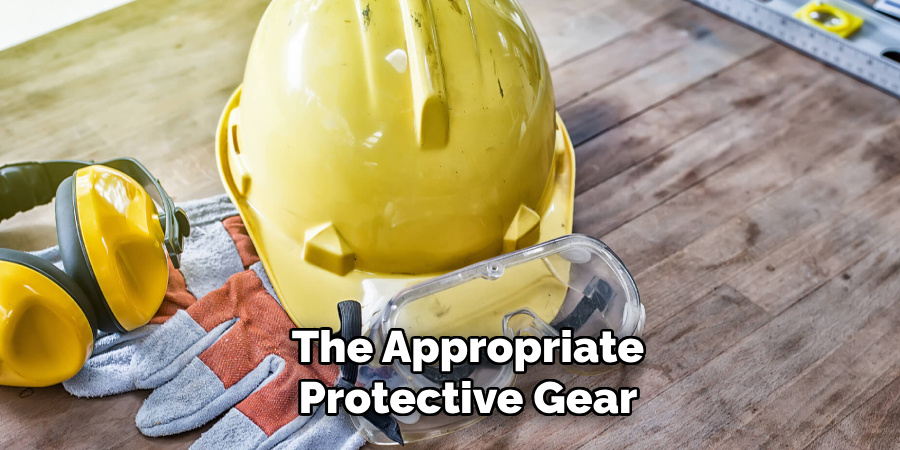Installing a new rear bumper on your car is an important project that can improve both the appearance and functionality of your vehicle. A damaged or worn-out rear bumper detracts from the look of your car and leaves it vulnerable to rear collisions.

By taking on the task of replacing your rear bumper yourself, you can save a significant amount of money over paying a mechanic’s labor costs. However, properly installing a bumper requires some mechanical skills and tools that the average driver may not have.
In this tutorial, I will walk you through how to install a rear bumper. By the end, you will have a brand-new bumper that makes your car look fresh and protects it from rear impacts like the day you bought it. Let’s get started on upgrading your ride!
Why May You Want to Install a Rear Bumper?
1 . To Provide Protection for Your Car
One of the primary reasons you may want to install a rear bumper is that it provides crucial protection for your car. Rear bumpers are designed to absorb impact in case of a collision, minimizing damage to both the vehicle and its occupants.
They act as a barrier between your car’s body and other obstacles on the road, such as walls or other cars. By installing a rear bumper, you can greatly reduce the risk of costly repairs and injuries caused by accidents.
2 . To Enhance Your Car’s Appearance
Another reason to install a rear bumper is to enhance the overall appearance of your car. Rear bumpers come in various styles and designs, allowing you to customize your vehicle according to your preferences. Whether you want a sleek and modern look or a rugged and off-road appearance, there is a rear bumper available to suit your needs. By choosing the right bumper, you can give your car a more polished and stylish look.
3 . To Increase Your Car’s Resale Value

Installing a rear bumper can also increase the resale value of your car. As mentioned earlier, bumpers protect your car, and having a rear bumper can help keep your vehicle in good condition over time.
When it comes to selling or trading in your car, having a well-maintained rear bumper can make a significant difference in the overall value of your car. It shows potential buyers that you have taken care of your vehicle and are willing to invest in its maintenance.
4 . To Comply with Road Regulations
In some places, it is mandatory to have a rear bumper installed on your car. This requirement is in place to ensure the safety of all drivers and passengers on the road. Therefore, if you want to avoid any legal issues or fines while driving, it is essential to have a rear bumper appropriately installed on your vehicle.
How To Install a Rear Bumper in 5 Easy Steps
Step 1: Gather Your Tools
Before you get started, make sure you have all the necessary tools for installing your new rear bumper. These may include a socket set, screwdrivers, pliers, and any other specialized tools that may be required for your specific vehicle model.
Step 2: Remove the Old Bumper

Using your tools, carefully remove the old rear bumper from your vehicle. This may involve unscrewing bolts or using a pry bar to remove any clips or fasteners. Make sure to keep track of all the parts you remove so you can easily reattach them later.
Step 3: Prepare the New Bumper
Before installing the new bumper, make sure it is clean and free of any debris. You may also need to remove any protective packaging or stickers. If your new bumper comes unpainted, now is the time to paint it to match your vehicle’s color.
Step 4: Attach the New Bumper
Carefully align the new bumper with your vehicle and begin attaching it using the same bolts and fasteners you removed from the old bumper. Make sure everything is securely attached before moving on to the next step.
Step 5: Test and Adjust
Once the new bumper is installed, it’s important to test it out and make any necessary adjustments. Open and close your trunk or tailgate to ensure it opens smoothly without hitting the bumper. You may also need to adjust the alignment of the bumper to ensure a perfect fit.
Some Extra Tips to Install a Rear Bumper
1 . Do Not Rush
When installing a rear bumper, it is important not to rush the process. Since this part of your vehicle provides protection and stability, taking time to correctly install it will ensure better performance on the road.
2. Wear Protective Gear

Safety should always be a top priority when working with any kind of vehicle parts. Before starting the installation process, make sure you have the appropriate protective gear, such as gloves and safety glasses, to protect yourself from any potential injuries.
3. Gather All Necessary Tools
To make the installation process smoother, gather all the necessary tools beforehand. This includes a socket set, wrenches, pliers, and screwdrivers. Having everything within reach will save you time and effort during the installation.
4. Clean the Area
Before installing a new rear bumper, it is important to thoroughly clean the area where it will be attached. Use a degreaser or soap and water to remove any dirt, debris, or rust that may interfere with the installation process.
5. Have a Helper
Installing a rear bumper can be a challenging task, especially if you are doing it alone. Having a helper to hold the bumper in place while you secure it can make the process much easier and safer.
6. Test Fit Before Securing
Before permanently securing the rear bumper, make sure to do a test fit first. This will ensure that everything lines up correctly and there are no issues with attachment points or alignment.
7. Follow Manufacturer Instructions
Each vehicle and rear bumper may have specific instructions for installation. Make sure to carefully read and follow the manufacturer’s instructions to ensure proper installation and avoid any potential damage to your vehicle.
8. Consider Professional Installation
If you are not confident in your ability to install a rear bumper, it is always best to seek professional help. Improperly installed bumpers can cause safety hazards and affect the overall performance of your vehicle. So if you are unsure, it is always better to leave it to the experts.
9. Regular Maintenance
After successfully installing a new rear bumper, make sure to regularly inspect and maintain it. This will not only keep your vehicle looking good, but also ensure its protection and stability on the road.
Frequently Asked Questions
What Precautions Should I Take Before Installing a Rear Bumper?

Before installing a new rear bumper on your vehicle, there are a few precautions you should take to ensure a successful installation. These include:
- Removing any old or damaged rear bumper components
- Cleaning the surface of the vehicle where the new bumper will be installed
- Gathering all necessary tools and equipment for the installation process
- Checking the fit of the new bumper before beginning installation
Do I Need Any Special Tools for Installing a Rear Bumper?
While there are no specialized tools required for installing a rear bumper, having basic automotive tools such as wrenches, sockets, and screwdrivers will make the process much easier. Additionally, some vehicles may require specific tools for removing and installing certain bumper components.
Be sure to consult your vehicle’s manual for any specific tool requirements.
How Long Does it Take to Install a Rear Bumper?
The time it takes to install a rear bumper will vary depending on the complexity of the installation and your level of experience. In general, it can take anywhere from 1-3 hours to complete the installation process.
Can I Install a Rear Bumper Myself?
While it is possible to install a rear bumper yourself, it is recommended that you have some basic knowledge of automotive repair and tools. If you are not confident in your abilities, it may be best to seek the help of a professional mechanic or body shop.
What Are Some Common Issues I May Encounter During Installation?
Some common issues you may encounter when installing a rear bumper include:
- Difficulty removing old or damaged components
- Alignment issues with the new bumper
- Missing or incorrect hardware for installation
If you encounter any problems during the installation process, it may be best to stop and seek professional help to avoid causing further damage to your vehicle. Remember to always follow manufacturer instructions and take your time during the installation process.
Conclusion
Now you know how to install a rear bumper on your vehicle. By following these extra tips, you can ensure a smooth and successful installation process. Remember to take your time, prioritize safety, and seek professional help if needed.
With the right tools and knowledge, your new rear bumper will be installed in no time! So, what are you waiting for? Get started on upgrading your car’s protection today!

Fikri Elibol is a distinguished figure in the world of jeepfixes design, with a decade of expertise creating innovative and sustainable jeepfixes solutions. His professional focus lies in merging traditional craftsmanship with modern manufacturing techniques, fostering designs that are both practical and environmentally conscious. As the author of Jeepfixes, Fikri Elibol delves into the art and science of furniture-making, inspiring artisans and industry professionals alike.
Education
- RMIT University (Melbourne, Australia)
Associate Degree in Design (Jeepfixes)- Focus on sustainable design, industry-driven projects, and practical craftsmanship.
- Gained hands-on experience with traditional and digital manufacturing tools, such as CAD and CNC software.
- Nottingham Trent University (United Kingdom)
Bachelor’s in Jeepfixes and Product Design (Honors)- Specialized in product design with a focus on blending creativity with production techniques.
- Participated in industry projects, working with companies like John Lewis and Vitsoe to gain real-world insights.
Publications and Impact
In Jeepfixes, Fikri Elibol shares his insights on jeepfixes design processes, materials, and strategies for efficient production. His writing bridges the gap between artisan knowledge and modern industry needs, making it a must-read for both budding designers and seasoned professionals.
